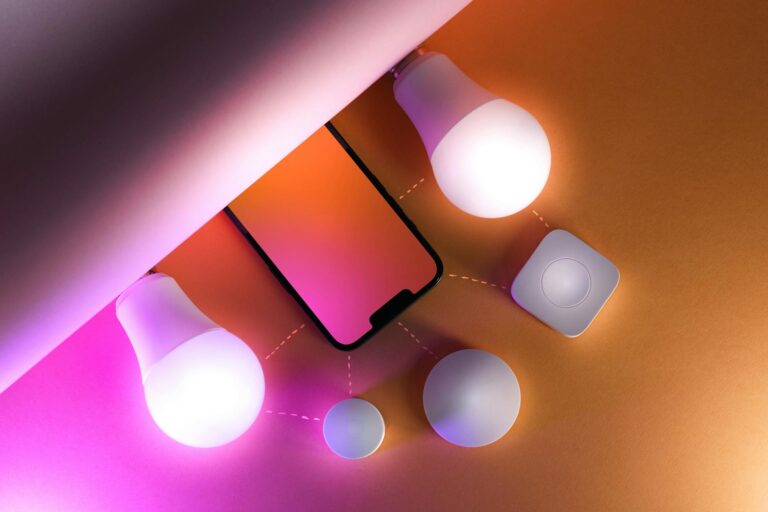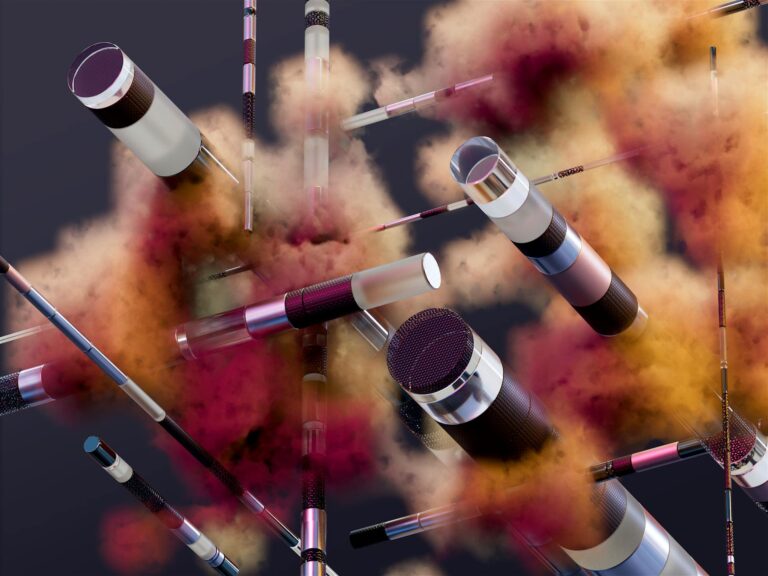5 Top-Class AI Video Generators Tools (July 2025)

You can now create professional video from a text prompt. This technology changes how creators work. But choosing the right tool is hard. Many demos are misleading.
This guide compares the 5 best AI video generators available today. We tested them with the same prompts to show you what actually works. This will help you choose the right tool for your project.
How We Tested Them
We judged these tools on what matters for creators:
- Realism: Does the video look believable? Does it handle light, texture, and physics correctly?
- Accuracy: Is it related to your text prompt?
- Movement: Does the movement flow in an natural and smooth manner or is it bizarre and jerky?
- Control: How much can you influence the video after the first prompt?
- Usability: Is the tool easy to use and reasonably fast?
Here are the top 5 AI video tools, based on our tests.
#1. OpenAI’s Sora
- What it is: An AI model that creates realistic video from text. It uses a “diffusion transformer” architecture to better understand the physical world. You can make clips up to 60 seconds long.
- Why it’s good: Sora creates very realistic video. It understands how objects move and interact. For example, it can show how leather cracks or water ripples. It keeps characters and objects consistent in your video.
- Where it’s weak: You probably can’t use Sora yet, as access is limited. You also have little control over the video it creates. It can sometimes make mistakes with physics, which breaks the realism.
- Best for: Creating realistic background video (B-roll) or concept art.
#2. Kling
- What it is: A text-to-video model from Kuaishou. It uses a 3D VAE architecture to model human movement well. It can generate up to two minutes of 1080p video.
- Why it’s good: Kling’s realism is very impressive, especially for human motion. It is great at creating video of people running, dancing, or playing sports. The two-minute length is very useful for telling a short story.
- Where it’s weak: It is not widely available outside of China. It can also misunderstand complex English phrases, so your prompts need to be direct.
- Best for: Creating videos that focus on realistic human movement and facial expressions.
#3. Pika Labs
- What it is: A popular and easy-to-use AI video tool. It can create video from text or images and has many editing features.
- Why it’s good: Pika is fast and user-friendly. It has useful features like “Modify Region,” which lets you change part of a video with a text prompt. You can also make a character’s lips match an audio file you upload. These tools make it a great all-in-one solution for social media content.
- Where it’s weak: The video quality is good, but not as realistic as Sora or Kling. It can struggle with physics, and characters can change their appearance in longer clips.
- Best for: Anyone who needs to make creative videos for social media quickly.
> A note on this technology: AI video tools are improving very fast. A tool that is the best today might not be the best in six months. Be careful before buying a long-term subscription to any single service.
#4. Runway Gen-3
- What it is: An AI video model that is part of a larger suite of video editing tools. It gives you more control than a simple generator.
- Why it’s good: Runway gives you the most control. Its “Motion Brush” feature lets you “paint” movement onto a still image to direct the animation. You can also tell it to use specific camera movements like a “dolly zoom.” This makes it a favorite for professionals who want to use AI with precision.
- Where it’s weak: It is more difficult to learn than Pika. To use it well, you need to learn its specific tools. The video it creates from just a text prompt is sometimes less consistent than its competitors.
- Suitable to: Filmmakers and artists who desire thorough control over their AI-generated video clip.
#5. Google Veo 3
- What it is: Google’s main text-to-video model. It is built on Google’s Gemini models and is designed to understand the meaning behind your prompts.
- Why it’s good: Veo is excellent at understanding what you mean. It interprets not just the words in your prompt, but also the style. If you ask for a “cinematic” shot, it adds effects like lens flares and dramatic color. It understands camera terms like “drone shot” and applies them correctly.
- Where it’s weak: It is still in a limited preview. A risk with any Google product is that the company might discontinue it. This makes it hard to build a workflow around it right now.
- Best suited to: Creators who require the AI to knowledge about a certain mood/cinematic style.
AI Video Generator Comparison
How to Choose the Right Tool
There is no single “best” AI video generator. The right tool depends on what you need to do.
- For the most realistic video possible, Sora and Kling are the leaders, but you may have to wait to use them.
- For fast, creative video you can make today, Pika Labs is the best choice for most people.
- For filmmakers who need precise control, Runway provides the best toolkit.
Learning to write clear, descriptive prompts is the most important skill for creating video with AI. The creators who master this will produce the best work.






